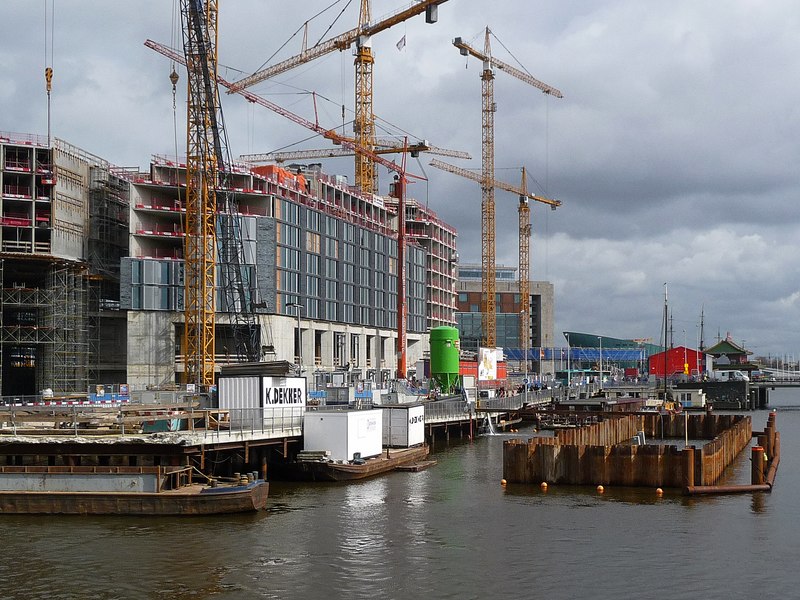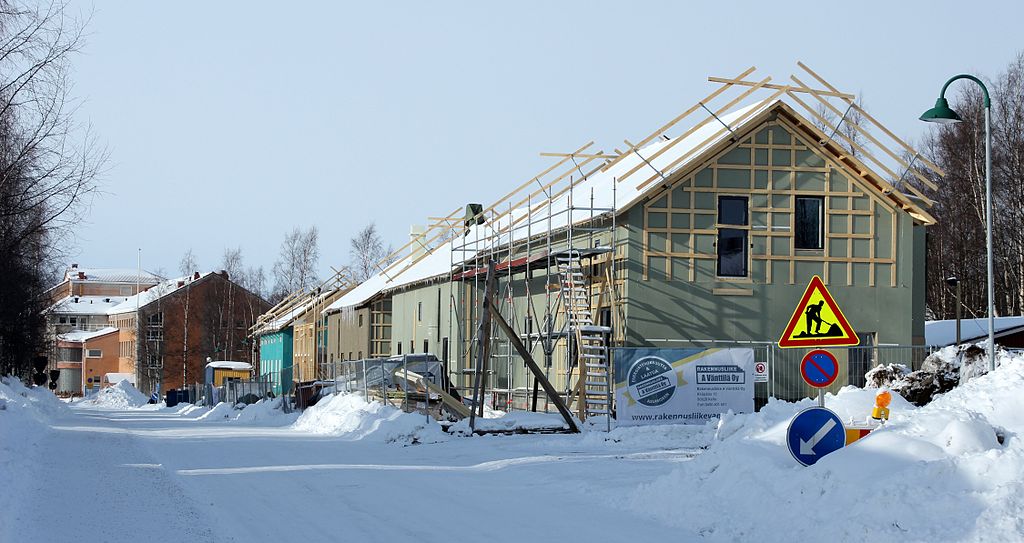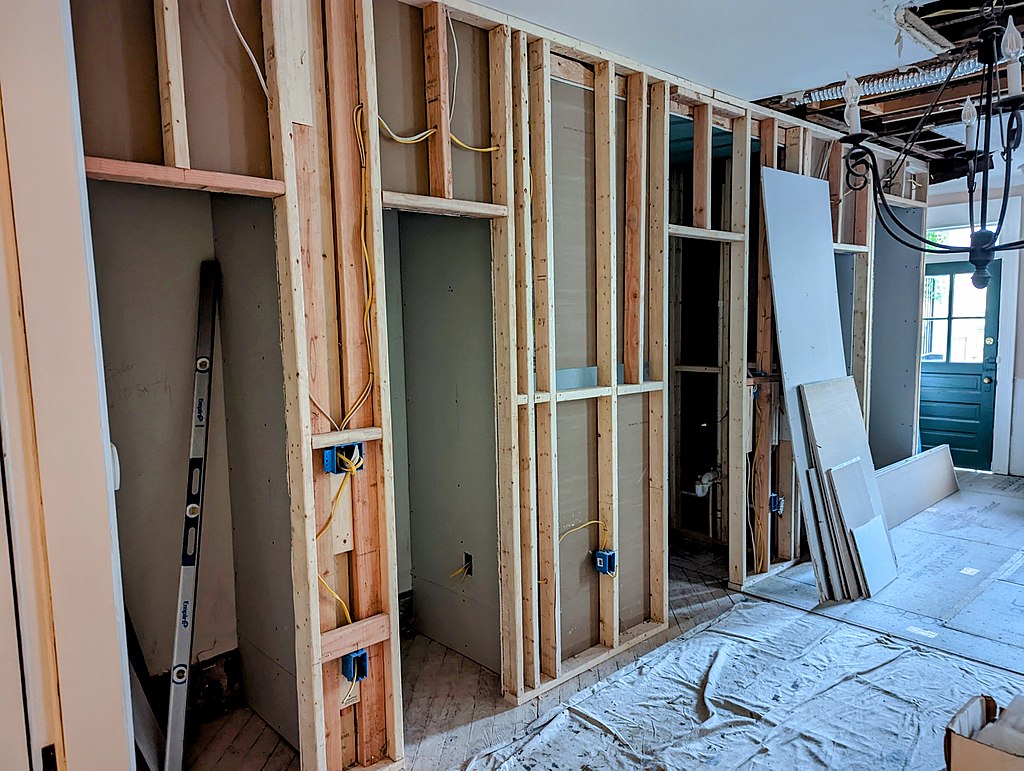When it comes to building materials, there are plenty of options out there, but concrete remains one of the top choices for many reasons. It’s believed that concrete-like materials were used in the construction of structures across the world as early as 6500 B.C. with builders mixing hydraulic lime to form a mixture that hardened when wet. Today, concrete is used to form not only the foundations of homes and businesses, but many structures also use concrete to form the basis for walls and even roofs. Below are four reasons why concrete construction remains such a popular choice:
1. Concrete Can Support A Lot Of Pressure
Unlike wood which can be compressed, concrete can support a lot of pressure without changing its size, shape or density. Standard concrete mixtures can often withstand pressure up to 5,000 psi, but some special mixtures can withstand many times this amount of pressure. This not only means that concrete construction is useful for building foundations, but it also means that concrete can be used to tether items that require a secure, long-lasting connection.
The strength and durability of concrete also mean that it can stand up to inclement weather forces like strong winds. Concrete construction is used to form much of the structure of things like storm shelters and emergency bunkers for this very reason. Important infrastructure is formed using concrete as well since this material can withstand the weight of cars, trucks and other heavy items.
2. Concrete Does Not Rust, Corrode Or Burn
Concrete is also resistant to rust and other corrosive threats. Even when wet, concrete that has cured will not develop soft spots or rot like wood and will not rust like metal. This makes it an ideal solution for use in areas that are prone to moisture, especially in outdoor environments. In fact, sewer pipes and waterways are often made out of concrete materials for this very reason. Concrete can, however, become discolored, and it will eventually experience wear from moving water after many years of exposure.
In terms of safety, concrete’s fire-resistant properties are also a benefit in construction. Wooden materials are particularly susceptible to fire hazards, but since concrete does not burn, it can be used for fire-proofing structures even if they are mainly comprised of other materials. Concrete can, however, experience surface damage and thermal expansion when exposed to fire, but heat has to reach around 300 degrees Celsius before this occurs.
3. Concrete Is Relatively Easy To Build With
Compared to other building materials, concrete makes it easy to create structures fast. When using wooden materials, the timber has to be sourced and cut to precise dimensions. Further cuts may need to be made to the resulting lumber on a construction site. Large pieces of wood are sometimes cumbersome and difficult to navigate in tight spaces. Concrete can be formed into various shapes and spaces since it is poured as a liquid-like mixture before it sets and hardens.
Older concrete construction methods required a mixing truck to arrive on a construction site, and the mixture would be poured directly from the back of the mixer. Today, mixtures can be made so that they remain more viscous until ready to be used. This makes it easier to transport to a construction site where a hose can direct the mixture to pre-defined and cordoned-off spaces.
4. Concrete Requires Little Maintenance
Concrete is also an excellent building material when a project requires materials that won’t need constant maintenance. Once concrete has set, it will usually only require a regular inspection and possibly a surface cleaning, but this material doesn’t generally warrant any type of special coatings to be applied in order to retain its functionality.
Even when left unattended for years, concrete will still provide the same durability and reliability under normal circumstances. This material does have the potential to develop cracks due to things like foundation settling, but these aren’t issues that are a direct result of the concrete itself, and most such issues can be fairly easily remedied.


